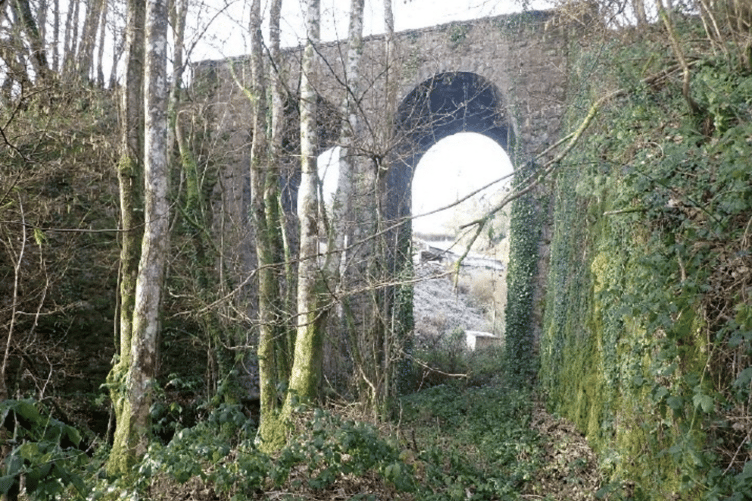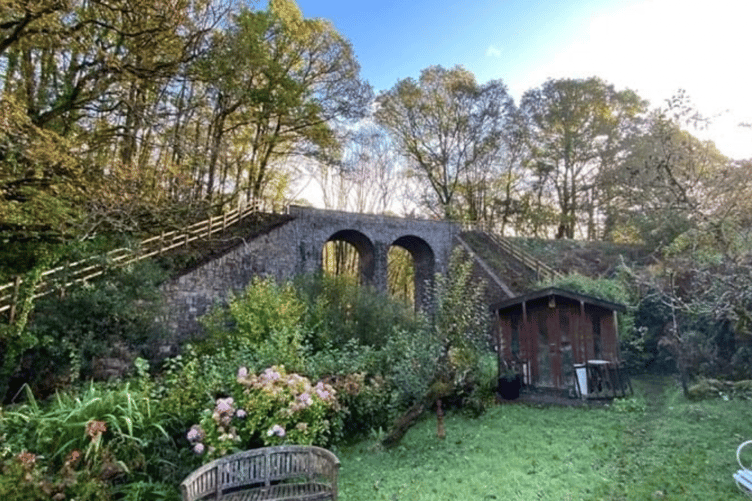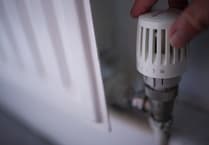A breathtaking Devon view featuring a historic two-arched bridge has been preserved for years to come thanks to National Highways’ Historical Railways Estate (HRE).
Set in the middle of the stunning Dartmoor landscape, Lustleigh Viaduct - which should in fact be Lustleigh Bridge because it is short and only has two arches whereas viaducts feature a series of arches or spans - was being damaged by several tree roots that were pushing into the masonry.
Thankfully the issue was picked up during one of the bridge’s regular inspections and HRE contractors Dyer and Butler swung into action to deal with the problem before it causes significant damage.
HRE Engineer, Matt Irwin, said: ‘Lustleigh Viaduct is as picturesque as it is quirky and we’re delighted these repairs have been successful as damage caused by trees is a common problem on many of our structures.
‘The roots grow surprisingly quickly and if left untreated can cause significant issues.’

Before the 18-day programme of work started ecologists undertook local surveys to ensure that no wildlife would be adversely affected by the work.
With protected species such as bats, dormice and otters being recorded in the general vicinity of the bridge this was essential to ensure no harm or disruption was caused.
The surveys also allowed Dyer and Butler to identify additional biodiversity enhancements that could be included into the programme and as a result bat and bird boxes were erected on the surrounding trees and along the riverbed.
There are also plans to install a bumble bee box and plant a variety of native wildflower seeds to enhance the area's biodiversity even more.
‘We’re proud that we were able to give the wildlife and biodiversity around the bridge a boost, helping nature as well as preserving an important part of our local industrial heritage for future generations’ Matt added.
During the work all roots were successfully removed from the bridge with contractors working from the ground as well as hanging from ropes attached to the top of the bridge.
A treatment was also applied to prevent future growth.
In places where roots were growing into the joints, the team temporarily removed sections of masonry to allow the roots to be accessed and taken out. The masonry was then reinstated on a like for like basis, to keep to the structure’s original charm.
In addition, contractors repointed and repaired damaged brick work and stitched fractures.
David Pritchard, Site Manager at Dyer & Butler, said: ‘It’s not only extremely interesting but also a great privilege to be able to help maintain these wonderful old structures.
‘Lustleigh Viaduct is one of the prettier locations we have worked at and helping to preserve it so it can be admired for years to come makes my job a lot more satisfying.’
Opening in 1866 on the former Newton Abbot – Moretonhampstead line in Devon, Lustleigh Bridge was constructed using granite from the nearby Lustleigh Cave.
The railway brought tourists to the area, as well as farmers' produce, nursery plants and blacksmiths' products. The line grew in stature from its opening, Lustleigh was the last but one station on the 20 km branch line, off the South Devon Main Line.
Lustleigh Station was used in 1931 film 'Hound of the Baskervilles', featuring the detective Sherlock Holmes.The line started to decline and eventually closed in 1964 and the bridge is no longer open to the public for safety reasons.
The HRE is a collection of over 3,100 structures and assets, 395 in the South West, which were once part of Britain’s rail network. Around 85 repairs, maintenance and renovations projects were completed in the South West region in the last financial year with a total of 267 works also being completed across England, Scotland and Wales.





Comments
This article has no comments yet. Be the first to leave a comment.